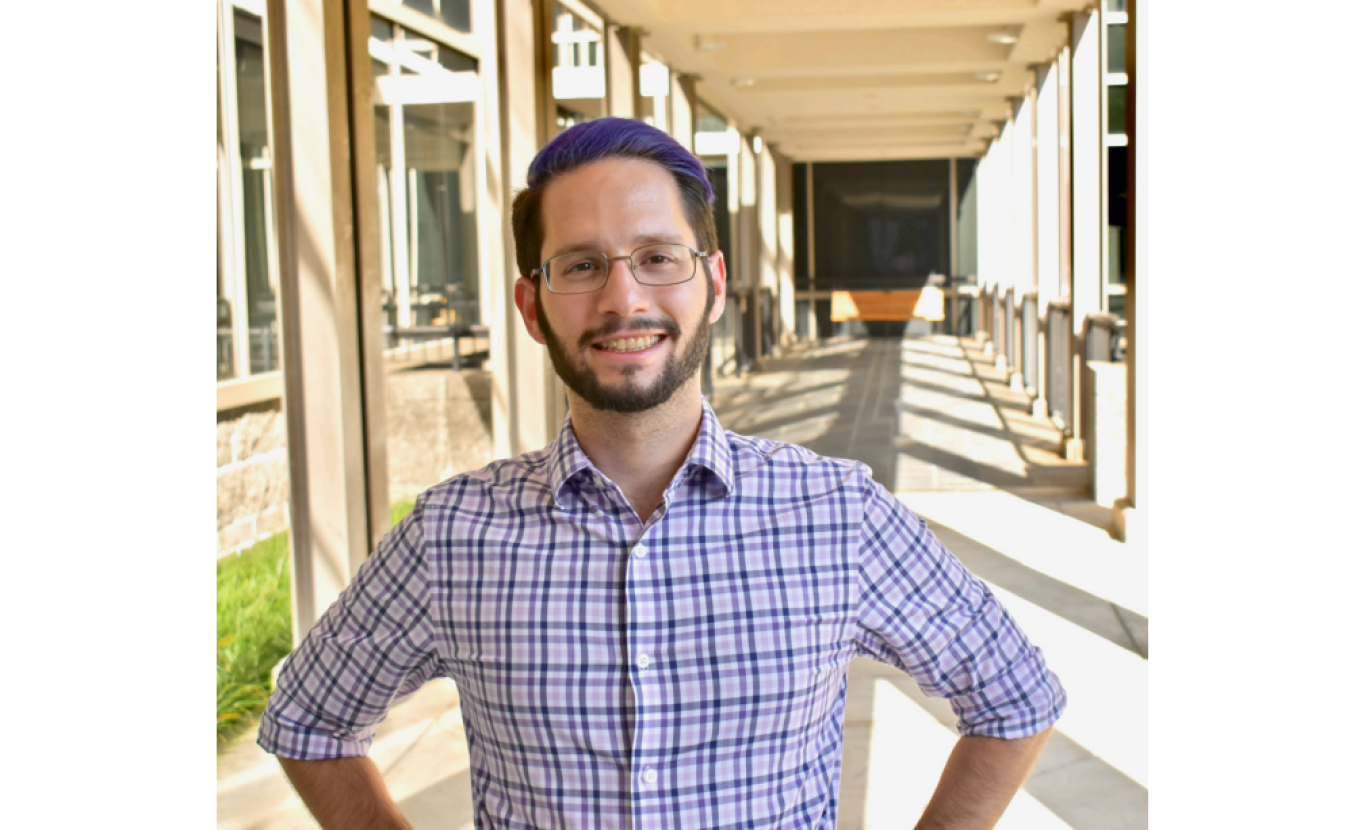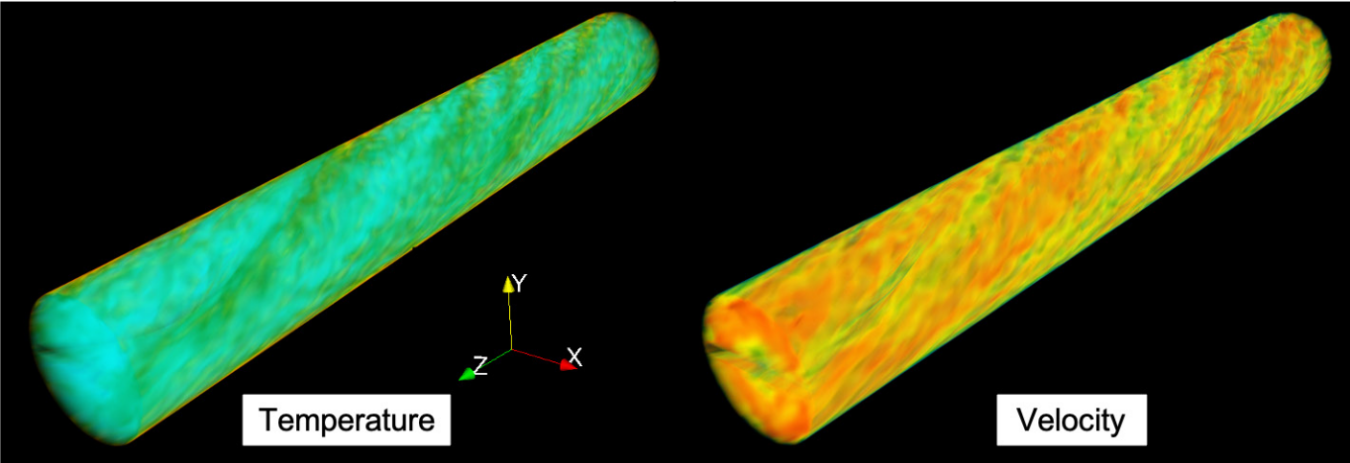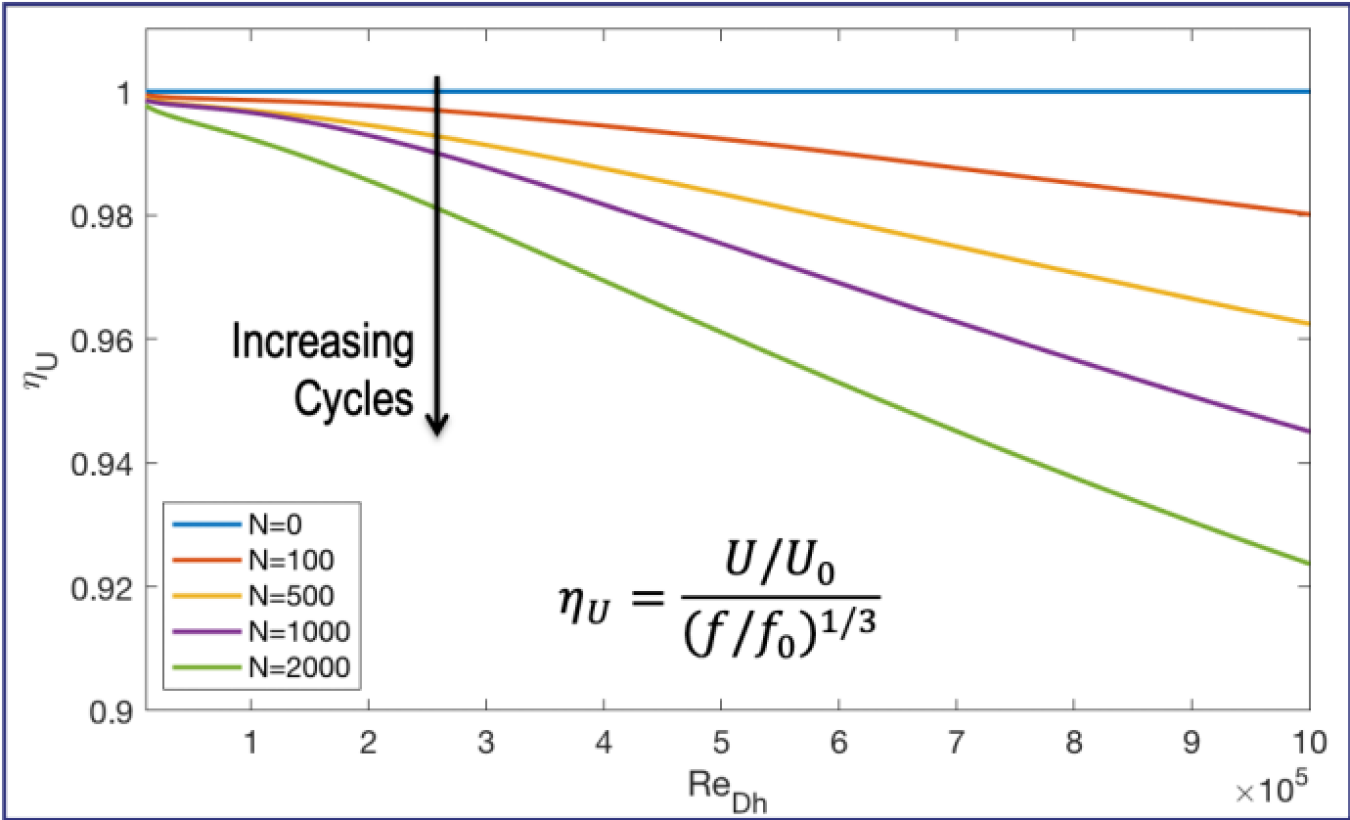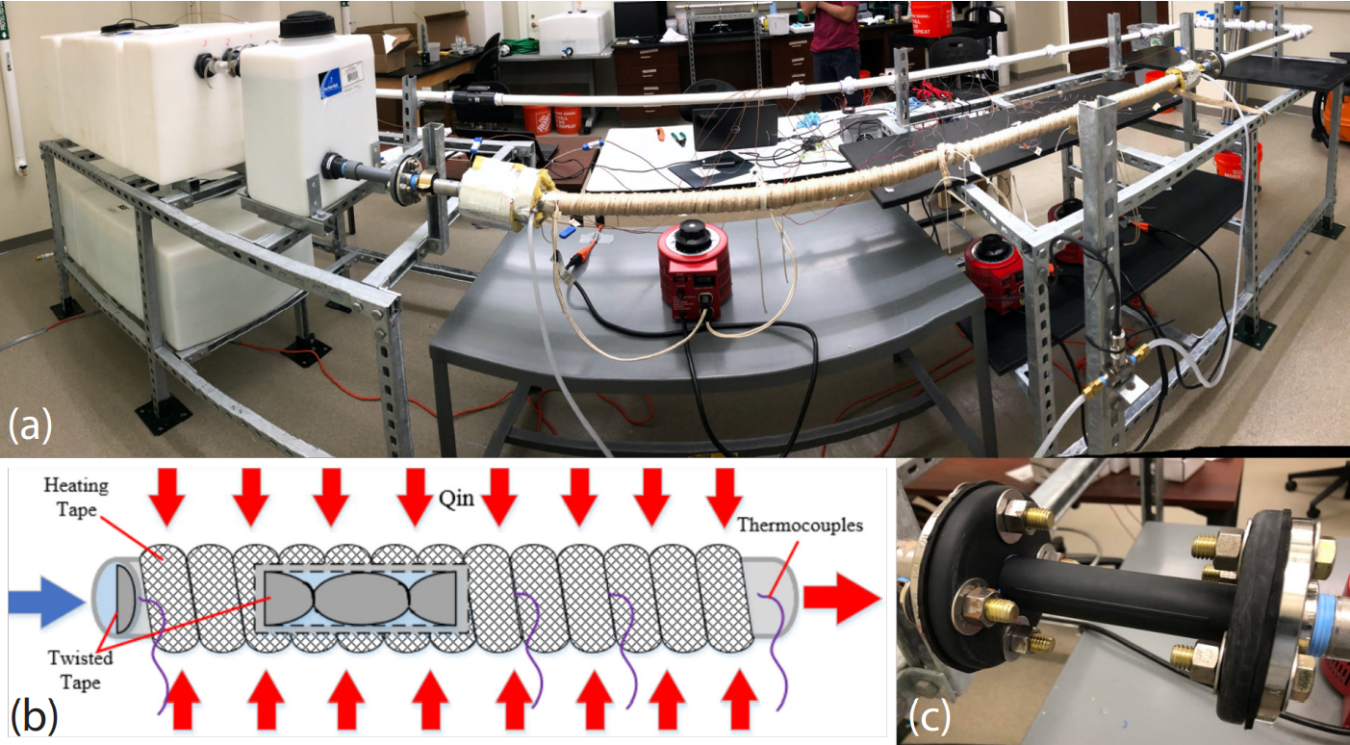Name: Lane Carasik; Institution: Virginia Commonwealth University; Program: Integrated University Program (IUP); Education Level: University Faculty
March 6, 2024For a time, Lane Carasik was not one for staying in one place for long, but, if there is a common thread in his career, it has been his appreciation for what the Department of Energy’s (DOE) Nuclear Energy University Program (NEUP) has allowed him to do.
As an Integrated University Program (IUP) [now the University Nuclear Leadership Program (UNLP)] Scholar and then Fellow, and now as an assistant professor of mechanical and nuclear engineering at Virginia Commonwealth University, Carasik says he’s doing what he’s always wanted.

Lane Carasik, PhD, a 2012 IUP Scholarship and 2013 IUP Fellowship recipient.
“I wanted to go into clean energy and be an engineer,” he said. “And I always enjoy teaching people how to do things.
The stage was set early for a career in nuclear energy. While in high school, at age 15, Carasik took classes at Middle Georgia State College, attending on a Helping Outstanding Pupils Educationally (HOPE) Scholarship, a merit-based scholarship awarded to students who demonstrate academic achievement. Picking up on his concerns about climate change and global warming, one of his professors recommended that he pursue a career in nuclear energy.

Simulated flow and temperature fields in advanced molten salt heat exchangers with twisted-tape inserts for heat transfer enhancements. The simulations were run using DOE NEAMS’ Nek5000 CFD code run on Virginia Commonwealth University High Performance Research Computing core clusters.
During summers off, he first engaged in research through Georgia Tech Savannah, working for Boeing on 787 jet aircraft. Based on his research experience, Carasik majored in nuclear engineering at the University of Tennessee, Knoxville (UTK). The following summer, he worked for the Tennessee Valley Authority, the federally owned corporation that provides electricity, flood control, manufacturing, and economic development to 10 million people in seven southern states. These experiences introduced him to people who’d gone into business and finance after earning their degrees and made him aware that a lot of possibilities were open to him. Carasik received the IUP Scholarship in 2012, which helped him complete his degree at UTK. Without the scholarship, he would have struggled to stay in college that final year.
Acceptance into IUP as a fellow
While an undergraduate at UTK, Carasik had two internships with Westinghouse, the latter of which, in 2013, involved thermal hydraulics analyses for Électricité de France’s Replacement Steam Generator Project. It was during that internship that he received word that his application for participation in the DOE-NE’s IUP Fellowship program had been selected. As a graduate research assistant and IUP Fellow, he conducted thermal hydraulics research under the supervision of Dr. Yassin Hassan at Texas A&M.
Dr. Hassan allowed him to pick what he wanted to do his research project on, which was verification and validation methodology development of high-fidelity computational fluid dynamics. The fellowship program allowed him to do research at Lawrence Livermore National Laboratory in 2015 and Argonne National Laboratory in 2016. While at Texas A&M, he had the opportunity to work with researchers at Oak Ridge National Laboratory and Idaho National Laboratory through his fellowship as well.
The IUP gave him the opportunity to attend the American Nuclear Society (ANS) 2013 winter meeting, where he and other fellows met Dr. Pete Lyons, then the assistant secretary for nuclear energy, to discuss their research experiences, future career plans, and perspectives on nuclear energy research and development. Having had a lot of encouragement from his advisor to attend conferences and publish papers, Carasik decided that he wanted to pursue a career in academia. It put him in a good position to guide students into the nuclear sector, which he feels is wide open at the moment.
“From a student perspective, a lot of jobs are going to be coming open,” he said. “I try to be as motivating as possible.

Decrease in thermal performance factor of heat removal in the first wall of fusion devices due to the increasing fouling using information to be published in the article entitled, “Heat Transfer Performance of Cu-CrZr Tube with Swirl Insert Under Cyclic Thermal Loading in Monoblock Divertor,” in Fusion Science & Technology. Dr. Cody Wiggins (Carasik’s postdoc) was fundamental in generating the above image.
CFD analysis for Kairos, Ultra Safe
Before joining the Virginia Commonwealth University faculty, with PhD in hand, Carasik spent a year with Kairos Power in Oakland, California, conducting computational fluid dynamics (CFD) analysis to support the company’s fluoride-salt-cooled high-temperature reactor design and testing program. With support from a voucher from the Gateway for Accelerated Innovation in Nuclear (GAIN) program, he coordinated and conducted CFD analysis for the Nuclear Energy Advanced Modeling and Simulation Thermal Fluids Test Stand team, working with researchers from Argonne National Laboratory
From Kairos, in 2018, he went to Seattle to join Ultra Safe Nuclear Corporation to assist in the development of TRICORDER, a system code for the design and analysis of nuclear thermal propulsion systems for space exploration missions. The TRICORDER project was funded by a NASA Small Business Innovations Research (SBIR) Phase 2 award.
Diversity and Inclusion
Taking a leadership role in ANS, Carasik was a key player behind the Diversity and Inclusion in ANS Committee that was formed after the 2018 annual summer meeting. This committee came from the merging of Nuclear Pride, an LGBTQIA+ nuclear organization, into the Professional Women in ANS Committee, and it is dedicated to giving a voice to all underrepresented and marginalized groups within ANS.
As an openly LGBTQIA+ person, Carasik said he sees engagement as key. “If you want to be the change in the world, you’ve got to put the time in to do it,” he said.
This is just as true in the professional sphere. Carasik would like to see more interaction between national labs and university faculties. As a Nuclear Engineering Student Delegation delegate (2013), vice-chair (2014), and chair (2015), he was given the opportunity to advocate for funding in nuclear engineering education and clean energy in Congress. He encourages his students to be advocates. “We need more people to say, ‘We need an energy policy that includes nuclear, that includes these other clean energy sources, and this is why,’” he said.
ASME Lewis F. Moody Award
In the middle of teaching from home because of the COVID-19 pandemic, Carasik learned in late March 2021 that he had been awarded the American Society of Mechanical Engineers (ASME) 2020 Lewis F. Moody Award. He and four co-authors were recognized for their 2018 paper on novel heat exchangers for potential use in molten-salt clean energy systems, published in the ASME Journal of Fluids Engineering. Dillon Shaver, Ph.D., principal nuclear engineer with Argonne National Laboratory, was the paper’s lead author.

The 1st Modular Separate Effects Test Facility (MSEFT) flow loop (a) built at Virginia Commonwealth University and used for heat transfer and flow testing of clean energy system components including (b) advanced heat exchangers and (c) additively manufactured test sections. Dr. Cody Wiggins and Arturo Cabral were fundamental to developing everything seen in the above photos.
The paper, “Calculation of Friction Factors and Nusselt Numbers for Twisted Elliptical Tube Heat Exchangers using NEK5000,” was published in 2018 in the ASME Journal of Fluid Engineering, while Carasik was at Kairos Power. The research involved examining novel, twisted elliptical-tube heat exchangers for potential use in molten-salt concentrated solar and nuclear power plants.
Carasik remains optimistic about the future of nuclear energy to support climate targets and believes the United States has a good chance to exercise world leadership. Coming from Georgia, it will be satisfying for him to see the Southern Company’s AP1000 Vogtle 3&4 units come online. On the horizon, “The advanced reactor demonstration projects will be a big deal,” he said. “If one advanced reactor company is successful in building a new type of nuclear reactor, all companies will benefit.

